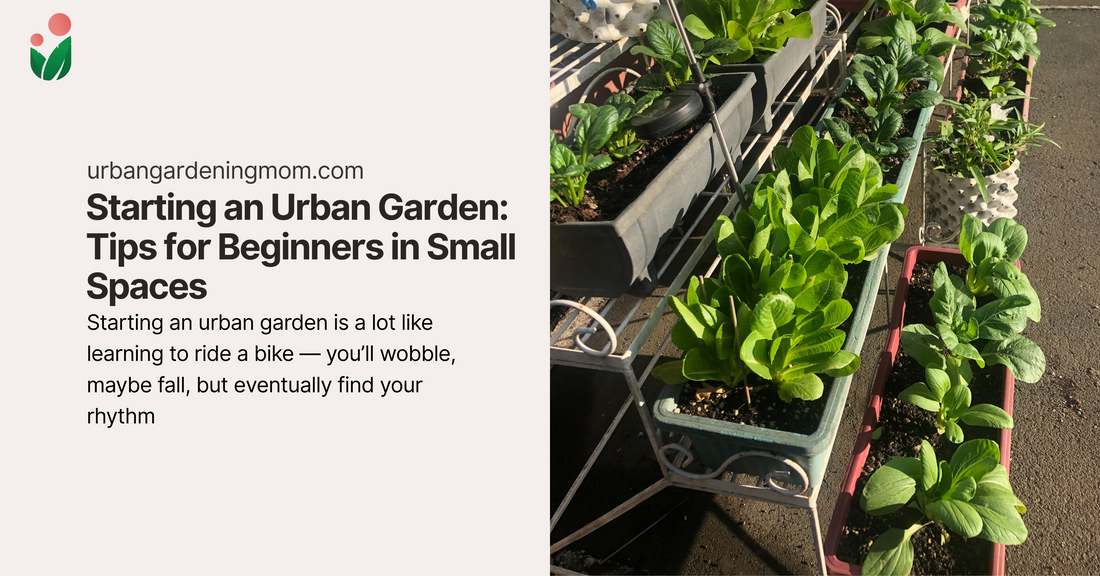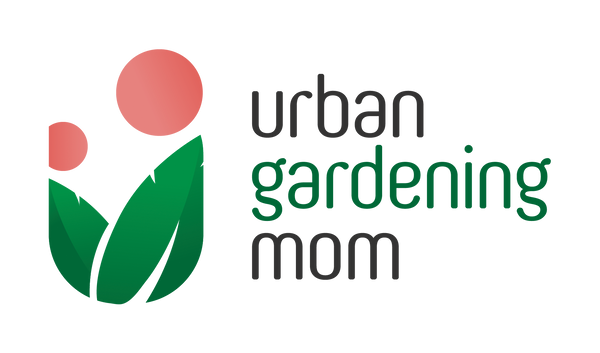
🌱 Starting an Urban Garden: Tips for Beginners in Small Spaces
Share
Starting an urban garden is a lot like learning to ride a bike — you’ll wobble, maybe fall, but eventually find your rhythm. Mistakes are part of the journey, but many can be avoided with the right guidance. If you’re just getting started, here are a few practical and empowering tips to help you grow with confidence.
🏡 1. Plan Your Garden Space
Even the smallest corners can bloom with the right setup.
You’ll need:
- A patio, pocket garden, or sunny wall
- Containers or pots
- A rough sketch of your layout
How-to:
- Decide your garden’s purpose: herbs, veggies, or ornamentals?
- Visit local garden shops to see what’s available.
- Research plant needs — especially sunlight and space.
- Assess your garden’s sunlight:
- Full sun = 6–8 hours/day
- Partial sun = 4–6 hours/day
- Choose plants that match your light conditions.
🌟 Lesson: A thoughtful plan sets the stage for growth.
---
🌿 2. Start Small with Easy Wins
Build confidence with low-maintenance plants.
You’ll need:
- Seedlings or mature herbs (basil, mint, oregano, thyme)
- Small pots (4–6 inches)
- Potting mix
How-to:
- Begin with a few hardy herbs.
- Buy seedlings instead of starting from seeds.
- Try propagating later through cuttings.
- Experiment with seeds once you’re ready — choose trusted brands with high germination rates.
🌟 Lesson: Small successes lead to bigger dreams.
---
🧰 3. Stick to the Basics
You don’t need fancy tools to get started.
Starter kit checklist:
- Seed tray or recycled containers with drainage holes
- Potting soil and compost
- 2–3 seed packets
- Watering can (2-gallon/5-liter)
- Garden shears and gloves
- Optional: plastic forks or spoons for soil work
Tips:
- Avoid impulse buys — you likely won’t need everything.
- Check expiration dates on seed packets.
- Be mindful of climate-specific advice online — not all hacks work in tropical settings.
🌟 Lesson: Simplicity is powerful — and budget-friendly.
---
🌼 4. Understand Fertilizers and Plant Needs
Feed your plants wisely and avoid overdoing it.
You’ll need:
- Organic fertilizer or compost
- Kitchen scraps for DIY fertilizer
- A basic understanding of plant nutrition
How-to:
- Learn what each fertilizer supports: roots, leaves, flowers, or pest resistance.
- Fertilize only when needed — some stress can actually boost productivity.
- Try making your own fertilizer from kitchen waste.
🌟 Lesson: Nourishment is about balance — not excess.
---
Grow with Patience and Purpose
Urban gardening isn’t about perfection — it’s about progress. You’ll learn, adapt, and grow with every plant you nurture. Whether your harvest is bountiful or modest, each step brings you closer to your dream garden.
So take a breath, start small, and celebrate every sprout. Your urban oasis is just a few pots away 🌿🌞
Have you started your garden journey? Tag @UrbanGardeningMom — I’d love to cheer you on and feature your green beginnings! 💚
